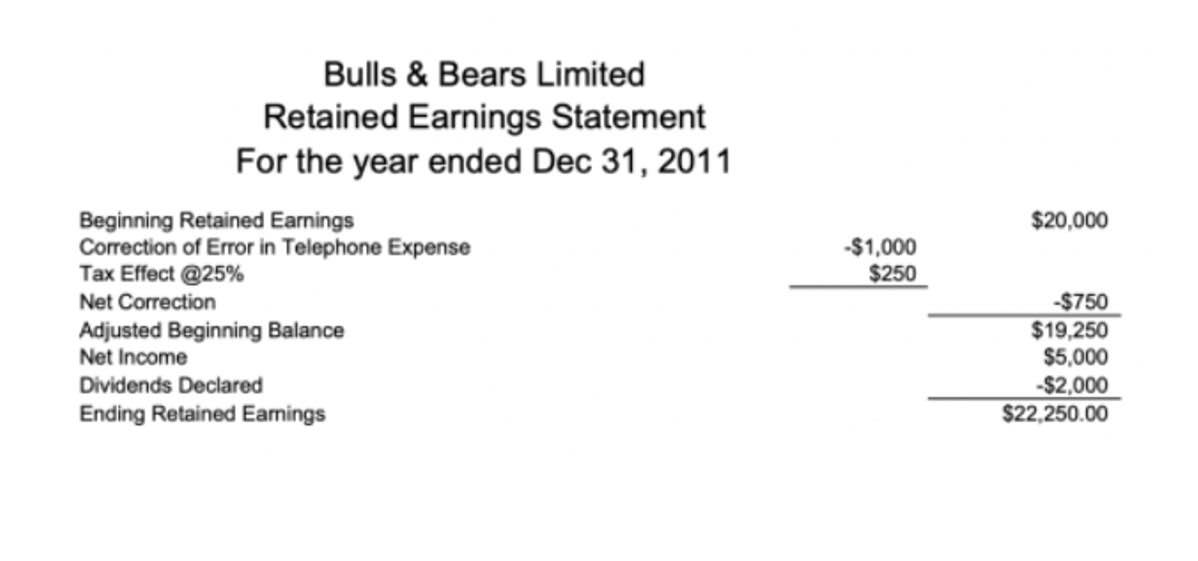What Is the Opening Balance Equity Account in QuickBooks?

The Opening Balance Equity account is a temporary account that QuickBooks uses to offset one-sided entries that are created when an opening balance is input into an asset or liability account. You should always investigate entries that QuickBooks has made to Opening Balance Equity to determine what the actual entry should have been. First, you create the accounts and enter the opening balances there, as you did for the assets and liabilities accounts.

What Is the Opening Balance Equity Account in QuickBooks?
To fix this issue, the bookkeeper should review the general ledger and make sure that all prior account balances are accurate. This locks your books so no one can edit your accounting data prior to the closing date. Instead, it closes out your Income and Expense accounts and rolls up your net profit or loss as your Retained Earnings. The beginning balance amount should match what’s on your bank statement for the same start day.
- Not closing out this account makes your balance sheet look unprofessional and can also indicate an incorrect journal entry in your books.
- However, without accurate data being entered into the system, even the most highly-performing accounting software will struggle to give you meaningful output.
- Chartered accountant Michael Brown is the founder and CEO of Double Entry Bookkeeping.
- This could be either a revenue or expense category, an asset account, a liability account, or a different equity account.
- A negative balance is mostly seen in a checking account when a business has a negative balance.
- Once the account entry process is completed for all accounts, compare the total opening balance equity to the sum of all beginning equity accounts listed in the prior account balances.
How Liam Passed His CPA Exams by Tweaking His Study Process
In the world of finance, the term “Opening Balance Equity” holds significant importance for businesses and individuals alike. This article aims to provide a comprehensive understanding of what Opening Balance Equity is, why it is crucial, and how it is calculated. We will explore the differences between Opening Balance Equity and Retained Earnings, as well as the potential scenarios where Opening Balance Equity comes into play.
Initial Setup of Opening Balance Equity

This balance is usually created when a new company is formed or when a company changes its legal structure. In other words, it represents the difference between a company’s assets and liabilities at the beginning of a new accounting period. These adjustments are crucial for addressing discrepancies in the initial recording of transactions, thus establishing assets = liabilities + equity an accurate portrayal of the company’s financial position.

Double Entry Bookkeeping
Opening balance equity is an account created by accounting software to offset opening balance transactions. It is a key indicator of the company’s financial health and an indicator of where and how the company opening balance equity example can grow. In the simplest of terms, a company’s opening balance refers to the funds in its account at the start of a new financial period. The opening balance is the first entry in the company’s accounts when it first begins trading and at the start of each new accounting period.
What kind of account is an opening balance equity account?
- When performing a bank reconciliation, make certain that the bank statement balances transaction accounts for uncleared bank checks and other factors.
- Jami has collaborated with clients large and small in the technology, financial, and post-secondary fields.
- Opening Balance Equity accounts show up under the equity section of a balance sheet along with the other equity accounts like retained earnings but may not show up on the opening balance sheet if the balance is zero.
- In many cases, the business owner will invest funds into the company in order to set it up, either from their own savings, in the form of investments from “angel” investors or a loan from the bank.
- At the beginning of a new accounting period, such as a new month or year, you typically have account balances from the previous period, representing the financial position of your business at the end of it.
- The company’s accountant will usually make additional adjusting entries to correct this.
However, without accurate data being entered into the system, even the most highly-performing accounting software will struggle to give you meaningful output. Introducing streamlined cash flow and bookkeeping procedures can make sure your accounts are kept on track. Opening Balance Equity is affected by transactions that involve equity accounts.

It signifies the owner’s contribution to the business at the inception, distinguishing between personal and business finances. It helps in aligning the business entity’s financial position, making it easier to track the inflow and outflow of funds, and evaluate the overall performance. Understanding opening balance equity is crucial for businesses to accurately track their financial position and ensure compliance with accounting standards. Any errors in recording this account can have a significant impact on a company’s financial statements and may result in penalties or fines. Therefore, it is important for businesses to ensure that their accounting records are accurate and up-to-date.
Everything to Run Your Business
It plays a vital role in determining the value of shareholder interests and ownership in the company, establishing transparency and accountability in the financial management of the https://www.bookstime.com/ business. This account is often utilized when a new business is established, and the owner contributes assets such as cash, equipment, or inventory to start operations. For example, if an entrepreneur invests $50,000 to initiate a new venture, the Opening Balance Equity account would reflect this amount.
AccountingTools
On the other hand, Retained Earnings signify the cumulative net income generated by the company since its establishment, after dividends have been paid. This amount is crucial in portraying the company’s financial performance and its capacity for future growth and reinvestment. When you have a new vendor or customer entry with value balances, then you can create an opening balance equity account. As a result, if you create a new asset account with a balance, you must usually offset it by the same amount on the other side of the equation. He has a CPA license in the Philippines and a BS in Accountancy graduate at Silliman University.
Вы должны быть авторизованы, чтобы оставить комментарий.



Об авторе